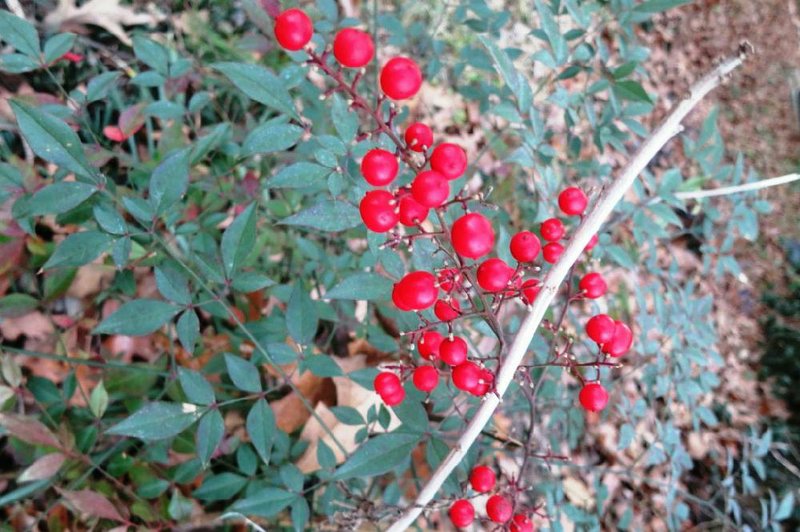LITTLE ROCK — Q In the fall, I planted dozens of gorgeous giant pansies, expecting to enjoy them through the coming spring. Soon after planting, something (rabbits or squirrels, I suppose) began feasting on them. Some new growth is appearing now. Is there anything I can do to discourage this unwelcomed activity?
A I wish I could give you an easy solution, but unfortunately there isn’t one. Whenever you have animal issues, you try everything in your arsenal. Rabbits can be deterred more easily than squirrels - you can use blood meal or animal repellent. You can also use low fencing. Squirrels are much more tenacious. Try scare devices, animal repellents and trapping. I have a ton of squirrels in my yard,and for the most part they leave the plants alone, but one day at least one went on a feeding frenzy and tore up a few plants, uprooted some bulbs.
But then it didn’t happen again. I guess it was having a bad day.
Q It is almost rose pruning time.
My question is about wiping the pruners with alcohol before moving from one bush to another to prevent the spread of diseases. A fellow gardener suggested using alcohol wipes, which would be less messy than pouring alcohol on the pruners and rubbing with a rag. Is there any drawback to this method?
A Alcohol wipes or the wipes that come with bleach would work, but that method could be expensive if you have a lot of pruning to do. I recommend getting a small bucket, mixing one part bleach to 10 parts water. Prune, dip the pruners, prune, etc. - the “dip and clip” method. At the end of your pruning chores, make sure you clean the pruners and oil them; they will corrode if stored with bleach on them.
Q I have a question about growing potatoes in Northwest Arkansas by planting them in July. Will this work this far north in the state,or can we only get one crop a year, planting in March? If we can plant in July, where do we get the seed potatoes to do so?
The only option I can think of is to store them in a cool place from March until July, as I can’t find any for sale then.
A You should be able to grow potatoes in the fall in Northwest Arkansas - the mature size will vary based on fall weather conditions, but even if you harvest small potatoes, you get fresh potatoes. You pretty much nailed the problem on the head - finding seed potatoes for fall planting is almost impossible. You could try to store some from the early season availability, but better yet, harvest some smaller potatoes in early summer to use. Some gardeners get desperate enough that they actually sprout potatoes from the grocery store for late summer planting, and they have seen surprisingly good results.
Q I have washed river gravel beds on the north and east sides of my home. I have noticed over the past year that I am beginning to see clumps of moss forming over the rocks. Is there some type of herbicide that I can spray on the clumps to kill the moss? Most of these beds contain hollies and nandinas.
A Is there a reason you want to kill the moss?
I think it would soften the look of the rocks, and it won’t cause any harm to your plants. Herbicides won’t kill the moss, but you can control it with copper sulfate, but why? You also need to investigate why you have moss - typically moss grows in moist, shady, acidic areas.
If this is the situation, don’t fight it, but embrace the moss or it will keep coming back.
Q When I am hiking around Little Rock, I see this very pretty shrub with red berries growing on it along the trails. There are a few of them growing along River Mountain Trail. What are they? I would like to plant some in my yard, but I have no clue what to ask for.
A The plant is a nandina.
It is an old-fashioned shrub that is tough as nails. It thrives in sun and shade, and it’s quite drought tolerant. The only thing it doesn’t like is heavy, wet soils.
The fact that you see them growing wild is one reason some folks don’t like them - they can be a bit invasive.
They are not native, but the birds eat the berries, and we end up with them in our natural areas. I like the plants and think that not only are the berries attractive, they’re useful: The winter foliage is red, which gives us added color.
Janet Carson is a horticulture specialist for the University of Arkansas Cooperative Extension Service. Write to her at 2301 S. University Ave., Little Rock, Ark. 72204 or e-mail her at
HomeStyle, Pages 33 on 02/09/2013

